Georgina Graham, a Footprinter Grant recipient, shares her reflections after two months volunteering with Project Trust in Honduras.
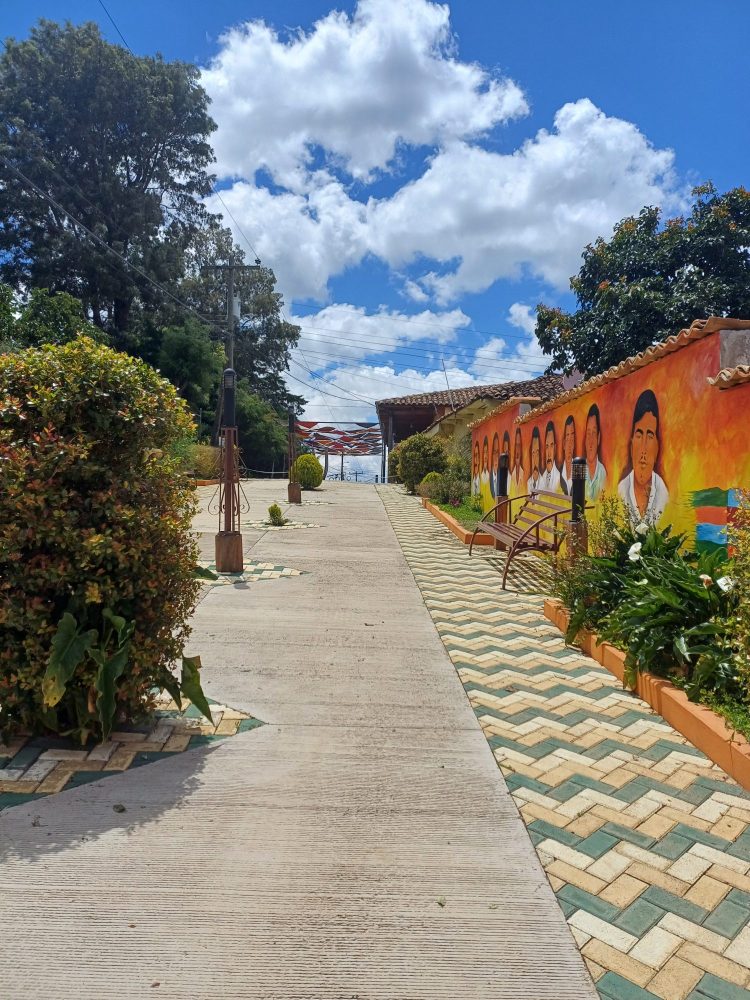
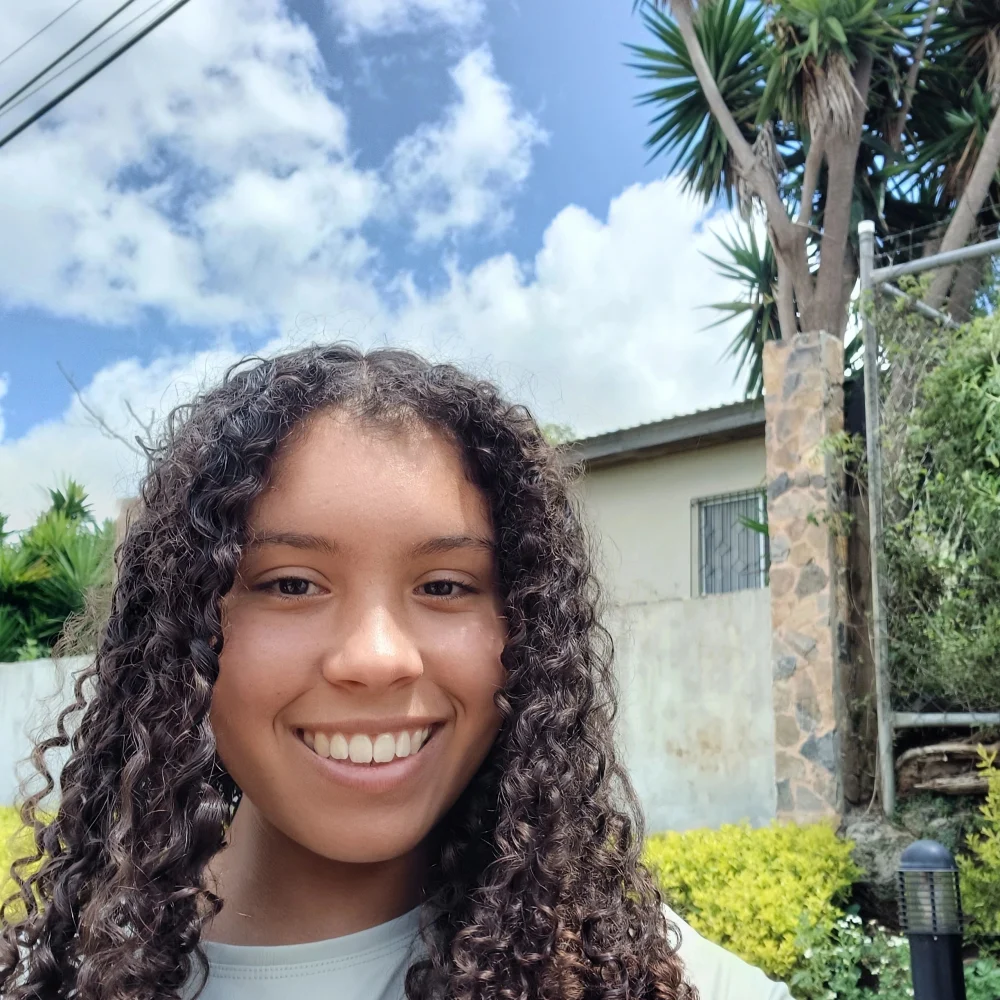
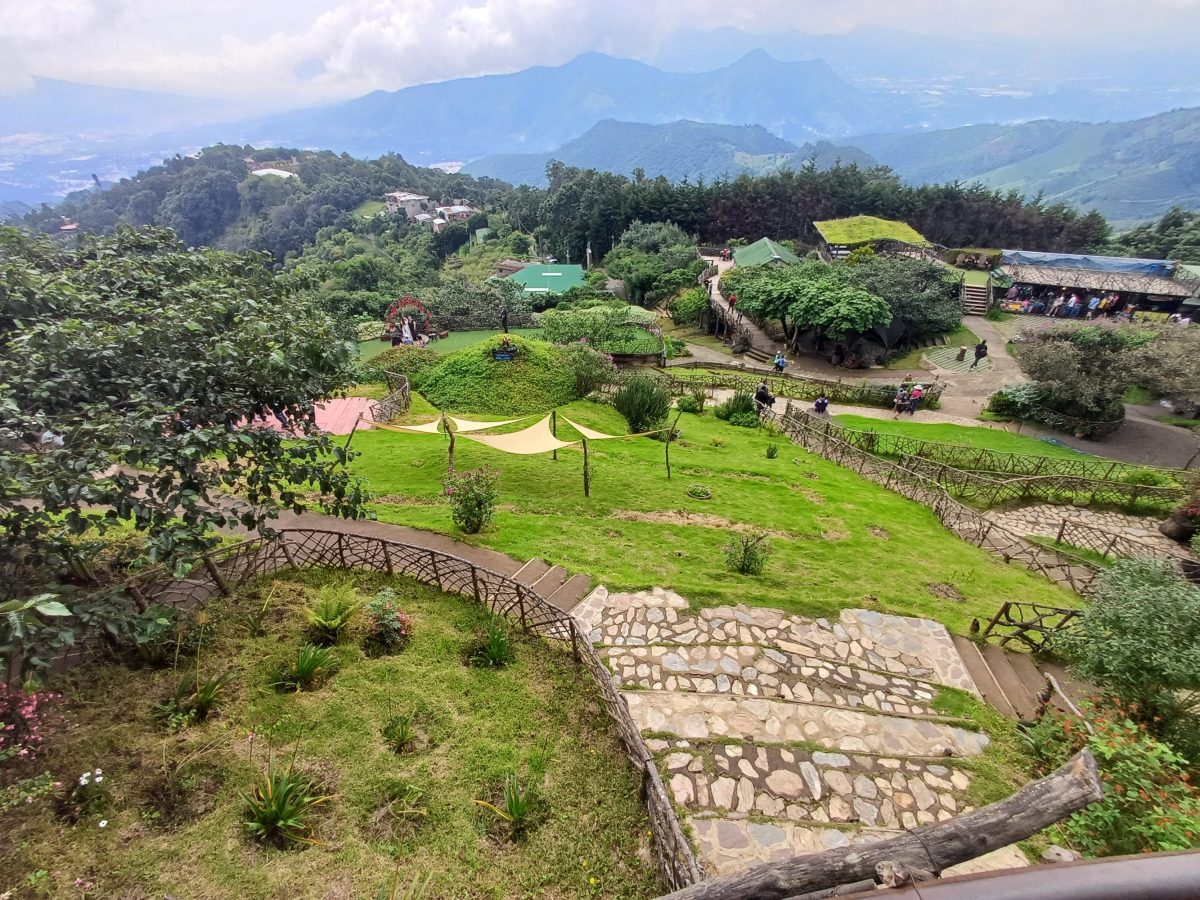
I’ve been in Honduras for about two months now. Overall, I’m settling in well. There have definitely been a few hiccups and unexpected moments, but as a whole, it’s been a really good experience.
Community and Daily Life
The community here is lovely, and everyone’s so friendly. People say good morning when you walk by, and there’s a really warm atmosphere. Our apartment is on the first floor, surrounded by lots of little shops, called pulperías, all within walking distance. Most are tiny family-run places, often run by one person, and you can find most essentials in the village. The main pulpería is where we fill up water, renew our phone contracts every two weeks, and even top up our gas canisters.
The village itself is very proud of its culture. The town square is beautifully maintained, with gardens, murals, and artwork that reflect Honduran traditions and history.
Environment and Climate
We’re quite high up in the mountains, so the climate is cooler than other parts of Honduras. Most of the time, the temperature is really comfortable. Usually, I wear just T-shirts, jumpers, or light jackets when it rains. The landscape is beautiful, with trees covering even the tops of mountains. This feels so different from the UK, where mountaintops are often bare or snowy.
Because it’s cooler, there aren’t too many insects, which is definitely a win! Just the occasional cockroach or gecko. We haven’t had any mosquito problems here, only in the warmer areas when travelling.
Teaching and School Life
Life here mostly revolves around teaching. I didn’t expect to spend quite as many hours in school as I do, but it’s been an incredible learning experience. At first, I taught 5th-grade reading six times a week and assisted in 1st grade eighteen times a week. Later, I took over teaching history for grades 7, 8, 9, 10, and 12 when a teacher left, so my workload increased a lot.
Teaching history was a challenge at first. It was my least favourite subject at school, and I never studied it properly. However, it’s pushed me to adapt, and I’ve learned so much through it. I enjoy teaching the older students. They have a good level of English and interesting perspectives. The younger ones are fun but full of energy. 5th grade is probably the wildest class in the school!
Because the school is bilingual, we’re only allowed to speak English to the students. This can be tricky for those whose English levels need work. Still, they’re improving, and it’s rewarding to see their progress.
Cultural Events and Traditions
One of the biggest events we’ve had so far was Fiesta Típica. Each grade prepared a traditional dance and decorated a stall, called a champa, to sell food and raise funds. The stalls and dances were judged in competitions. It was amazing to see everyone in traditional outfits with bright, flowing skirts. I joined the teachers’ dance for Fiesta Tipica, which we practiced for two weeks after school. The performance was to Xique Punta, which was such fun.
We sold all sorts of local food, from tamales and pupusas to elote loco. I even tried atole dulce, a sweet corn-based drink, and helped at the Papas Fritas Champa selling chips.
In Honduras, we really love our celebrations. Día de la Bandera (Flag Day) was full of parades, speeches, and everyone waving little Honduran flags. We also had Teacher’s Day, when we were given sweet bread in different flavours like coconut, lime, and orange. Then came Children’s Day, which was full of balloons, movies, and treats. Independence Day was especially lively, with drumming, parades, and lots of community pride.
Language and Connection
Language has been both one of the biggest challenges and most rewarding parts of being here. We’re not allowed to speak Spanish in school with the students, but outside of it, I’ve been practicing. I practice with my landlady, who speaks no English, and some of the teachers. It’s definitely helping me improve!
Sometimes, being at an intermediate level can feel frustrating. People often speak too fast, or don’t have much patience. However, others are lovely and willing to help. I’ve learned to just keep trying. My goal is to be fluent, or at least close, by the time I go back to Scotland.
Socially, people are friendly but more formal. They always say “buen provecho” before meals and use “usted” instead of “tú.” It’s respectful and polite. The people overall are kind. Though some are shy or reserved, others are curious and eager to chat or practice their English. It reminds me of the UK in that way. There’s a real mix of personalities.
Living Conditions
Our apartment is simple but nice. It’s gated and feels safe, even though one of the windows doesn’t lock properly (we’ve had to climb through it a few times!). The windows don’t fully close, so when it rains, there are sometimes puddles inside. Still, we’ve learned to laugh about it.
We have water filters because the tap water isn’t safe to drink. The supply is switched off overnight, usually from 8 p.m. to 4 a.m. Power cuts are common, so we keep power banks and torches charged. The longest outage lasted two days, flicking on and off, which made showers interesting since the water and power both need to work for warm water.
The kitchen is basic. There are no oven shelves and limited workspace, but we make do. The shower, amusingly, hangs from the ceiling on a rope with wires sticking out. But it works!
We’ve had a few uninvited guests like mini geckos, a huge spider, a couple of cockroaches, and some termites. But nothing too bad!
Food and Local Flavours
Being vegetarian here can be a bit tricky since most local dishes are meat-based. I usually bring lunch from the apartment instead of eating at school. That said, Honduran food is really tasty.
Some favourites include:
- Baleadas – folded corn tortillas (D-shaped) filled with refried beans and sometimes eggs, avocado, cheese, or plantain.
- Pupusas – round, cheese-filled corn patties, especially good with quesillo (a mozzarella-like cheese).
- Tres leches cake – a delicious sponge soaked in three kinds of milk.
- Flan and paletas – sweet desserts; paletas are like homemade fruit ice lollies.
- Sandía loca and elote loco – “crazy” fruit or corn snacks that can be sweet (with condensed milk) or spicy (with tahini sauce).
- Catrachas – crispy tortillas topped with refried beans, a bit like Honduran nachos.
There’s also lots of fresh produce such as yucca, plantain, papaya, lychees, and white sweet potatoes. The variety is amazing.
Travel and Exploration
We’ve done some travelling too, to Guatemala, Lake Yojoa, and nearby villages, visiting other Project Trust volunteers’ sites. It’s been great seeing more of the region and how different each place feels.
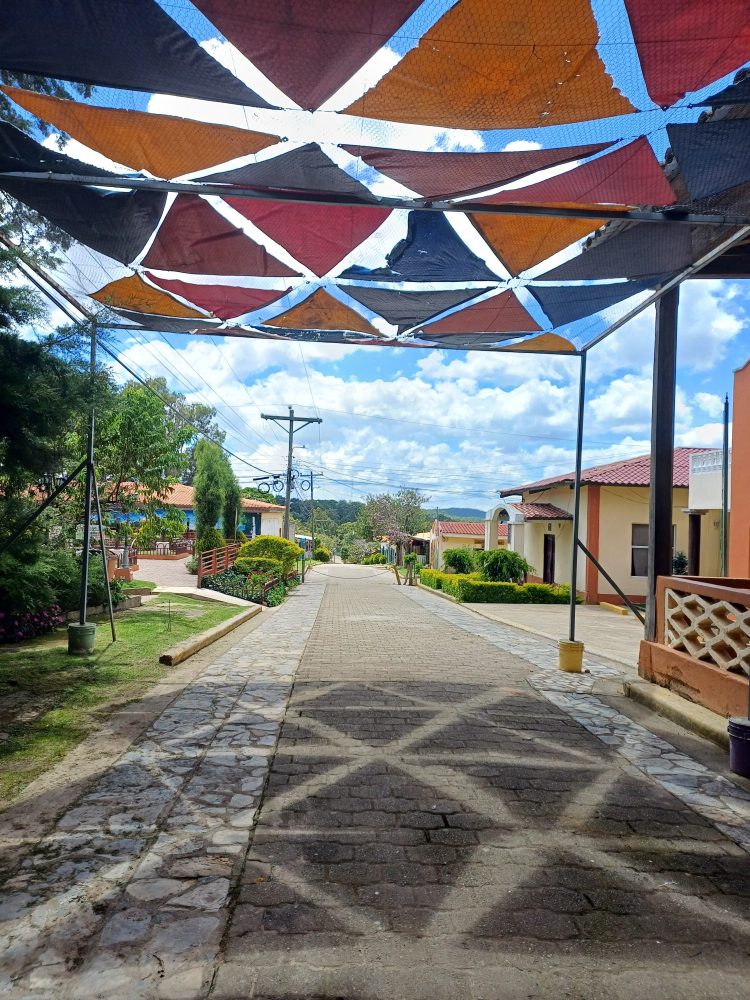

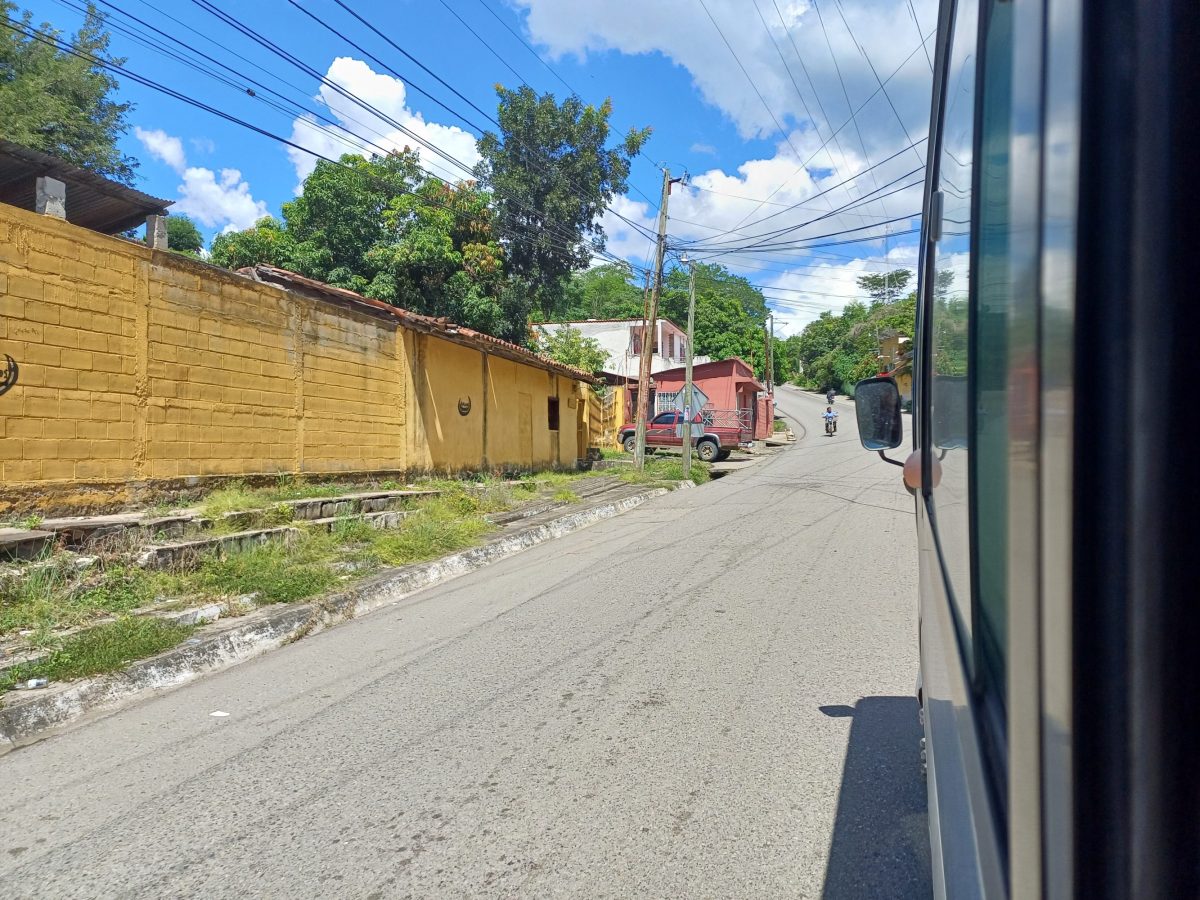
Daily Life and Adjustments
There’s a lot that’s different here. There are hardly any road markings. Some streets just end with a drop, and most cars don’t have seatbelts. The pavements are uneven, sometimes with random stairs or ditches. Generators cause pollution when the power’s out. But you learn to adapt.
At first, things like water shutoffs and power cuts were frustrating. Now they’re just part of daily life. I’ve really learned to go with the flow here.
People and Friendships
I spend most of my time with my project partner, Sarah, and a few teachers we’ve become close to. One teacher friend from Canada arrived the same time as us and lives directly below us. She has the same landlady, so we see her a lot.
I really enjoy spending time with Hondurans. Before coming here, I thought I would feel more out-of-place and more of a foreigner than I do. I definitely enjoy being a part of the community and connecting with the local people.
Goals and Growth
Living here has made me more adaptable and independent. One of my goals is to teach my host’s daughter to tap dance because she recently got tap shoes! I also want to find some local horses to learn how people here work with them. This would help me both reconnect with something I love and practice my Spanish.
Mostly, I want to become better at Spanish and keep embracing new experiences. This trip has taught me patience, openness, and the ability to laugh things off. Whether it’s a power cut, a gecko on the wall, or a flooded floor, you learn to smile about it.
I am definitely looking forward to spending the rest of my year here, trying new things, and enjoying making Honduran culture a part of me and my story.


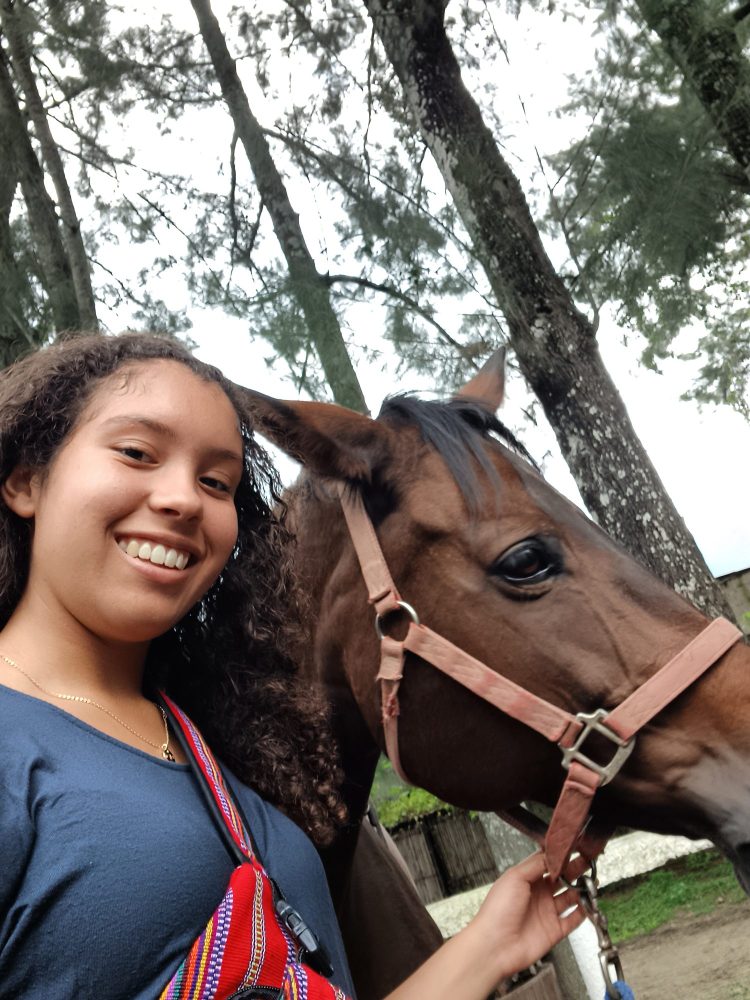
Georgina Graham is volunteering with Project Trust in Honduras, supported by a Footprinter Grant from Hazel’s Footprints Trust.

